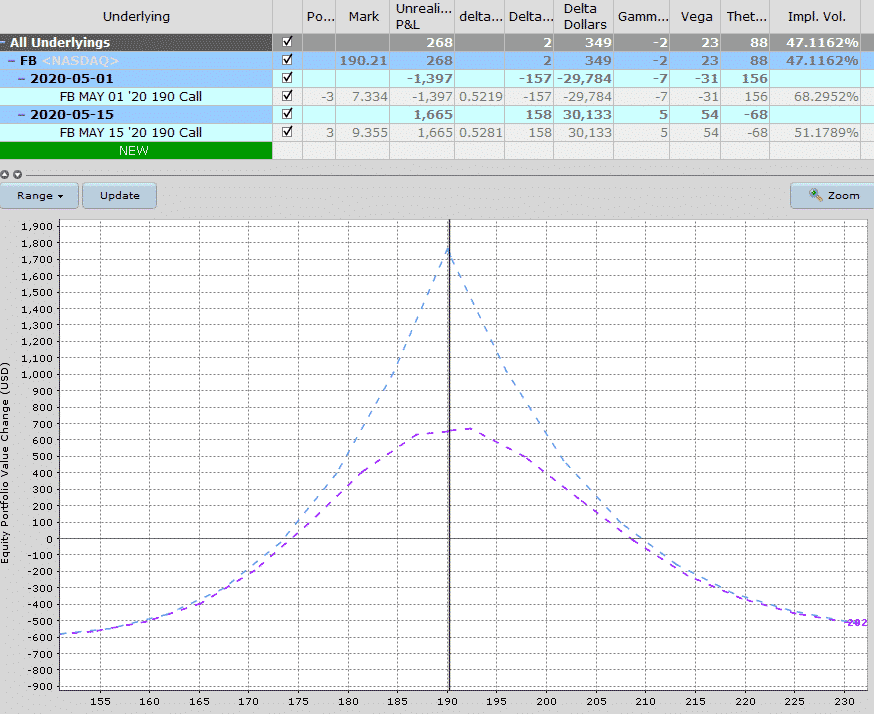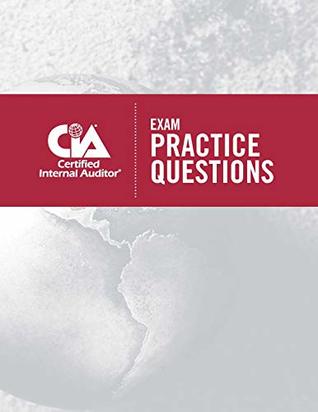
He noted the Bank of England’s position as the holder of the ultimate reserve, making it different from the ordinary banks. However, he advocated for huge loans at a very high interest rate as the best solution to a banking crisis. Like Thornton, Bagehot argued that last resort lending should not be a continuous practice, but a temporary measure to manage banking panics. The Central Bank issues loans to a Commercial Bank against specified and approach securities of the bank. In this way, the Central Bank ensures the smooth functioning of Commercial Banks and appropriate flow of credit in the economy.

The objective is to prevent economic disruption as a result of financial panics and bank runs spreading from one bank to the others due to a lack of liquidity in the first one. The following CFI resources provide further information to help you understand the banking system. Thornton also articulated the “moral hazard” problem of last-resort lending, which he said would create laxity and recklessness in lending to individual banks. He said that by providing relief to poorly managed banks, other banks would take excessive speculative risks without caring about the results. In other words, in case the commercial banks fail to meet their financial requirements from other sources, they can, as a last resort, approach to the central bank for loans and advances. As per the Banking Regulations Act 1949, Banks have to keep a portion of their demand and time liabilities as cash reserves with the Reserve Bank, thus necessitating a need for maintaining accounts with the Bank.
Amid NBFC Crisis, State Bank Reminds RBI Of Its Role As Lender Of Last Resort
They also pitched for deferment of principal repayments by 50 systemically important NBFCs and housing finance companies for a specified period. One of the most important functions of RBI is to work as regulator and supervisor of financial system. The SBI suggested that a formal arrangement can be worked out wherein the Government of India can commit to adjust the haircuts that come the banks’ way by settling it with RBI’s dividend transfers. Adam Hayes, Ph.D., CFA, is a financial writer with 15+ years Wall Street experience as a derivatives trader. Besides his extensive derivative trading expertise, Adam is an expert in economics and behavioral finance.

This can happen in periods of financial turmoil, when banks may have doubts about lending to each other and lots of people may suddenly want to withdraw their money from their bank account. Bank runs and subsequent bank failures were prevalent following the 1929 stock market crash that led to the Great Depression. The U.S. government responded with new legislation imposing reserve requirements on banks, mandating they hold above a certain percentage of liabilities as cash reserves. “Given the crisis of confidence in the financial markets, it is imperative that the central bank don’t forget their primary function of being the lender of the last resort,” they said.
In times of crisis with less certainty, however, discount window loans are the least costly way of solving the problem of uncertainty. A bank run is a situation that occurs during periods of the financial crisis when bank customers, worried about an institution’s solvency, descend on the bank en masse, and withdraw funds. Because banks only keep a small percentage of total deposits as cash, a bank run can quickly drain a bank’s liquidity and, in a perfect example of a self-fulfilling prophecy, cause the bank to become insolvent. The committee of the New York Clearing House Association also provided clearing-house loan certificates to banks as a way of managing the effects of the financial panic of 1857. Although these institutions were private-run, the critics argue that they played the role of a lender of last resort successfully without requiring the help of the government. It aims to protect the depositors by providing temporary liquidity to the banks to sustain their operations.
ELA is only for banks that are solvent
The interregional cross-holdings of deposits cannot increase the total amount of liquidity. Critics of the practice of having a last-resort lender allege that it encourages banks to take unnecessary risks with customers’ money, knowing they can be bailed out in a pinch. Such claims were validated when large financial institutions, such as Bear Stearns and American International Group, Inc., were bailed out in the midst of the 2008 financial crisis. Proponents state that the potential consequences of not having a lender of last resort are far more dangerous than excessive risk-taking by banks. The lender of last resort functions to protect individuals who have deposited funds—and to prevent customers from withdrawing out of panic from banks with temporary limited liquidity. Commercial banks usually try not to borrow from the lender of last resort because such action indicates that the bank is experiencing a financial crisis.
If the reserves are inadequate to stop a bank run, the central bank must lend the bank enough money to sustain customer withdrawals. Also, prominent cash deliveries to an affected bank can convince the depositors that the bank is not going to collapse. In his 1873 book “Lombard Street,” Bagehot restated most of the points made by Thornton.
These examples demonstrate the importance of the lender of last resort function in maintaining the stability of the financial system during times of crisis or liquidity shortages. Central banks play a critical role in providing emergency funding to banks and other financial institutions to prevent liquidity crises and bank runs, which can have serious consequences for the broader economy. A lender of last resort is the provider of liquidity to financial institutions that are experiencing financial difficulties. In most developing and developed countries, the lender of last resort is the country’s central bank. The responsibility of the central bank is to prevent bank runs or panics from spreading to other banks due to a lack of liquidity. In the U.S., the Federal Reserve provides liquidity to affected banks, whose lack of liquidity is likely to affect the economy.
In government bond markets
By providing emergency funding to banks, the central bank is effectively taking on risk that the bank cannot or will not repay the funds. This can create moral hazard, where banks may take on excessive risk or engage in reckless behavior, knowing that the central bank will bail them out if they get into trouble. To mitigate these risks, central banks typically impose conditions on the emergency funding they provide, such as requiring collateral or charging a penalty rate of interest. The LOLR function is important because it helps to maintain the stability of the financial system and prevent contagion effects that could spread throughout the economy. By providing emergency funding to banks, the central bank can help to prevent bank failures and ensure that the banking system continues to function smoothly.
- The banks can borrow from the RBI by keeping eligible securities as collateral or any other arrangement and at the time of need or crisis, they approach RBI for financial help.
- Also, prominent cash deliveries to an affected bank can convince the depositors that the bank is not going to collapse.
- When an illiquid bank approaches the lender of last resort, there should always be a suspicion of insolvency.
- Asked several times, the RBI has refused to play its role as the lender of last resort, terming the problem at select NBFCs as one created because of asset-liability mismatches.
- In most developing and developed countries, the lender of last resort is the country’s central bank.
- By providing emergency funding to banks, the central bank can help to prevent bank failures and ensure that the banking system continues to function smoothly.
It can come to the rescue of a bank that is solvent but faces temporary liquidity problems by supplying it with much needed liquidity when no one else is willing to extend credit to that bank. He distinguished the Bank of England’s role as a lender of last resort since it exercised the role more strictly than any other central bank before it. When an illiquid what role of rbi is known as lender of last resort bank approaches the lender of last resort, there should always be a suspicion of insolvency. Reserve Bank maintains current account of all other banks and provides them facility to maintain cash reserves and also to carry out inter-bank transactions. RBI provides the Real Time Gross Settlement System (RTGS) facility to the banks for inter-bank transactions.
Crash Course of NCERT Class 12th Macroeconomics : Money and Banking Unit 2 for Class 12
If governments could request funding from central banks, it would compromise the central bank’s ability to keep prices stable and undermine its independence. That’s why the Treaty on the Functioning of the European Union prohibits the ECB and national central banks from financing governments. The ECB and the national central banks of euro area countries share the role of lender of last resort. For example, some banks keep an excess reserve beyond the central bank requirement during tough economic times when depositors’ withdrawals may exceed the usual limits.
- Banks only keep a portion of their customer’s deposits and give the other portion out as loans, and this makes them vulnerable to panics.
- He distinguished the Bank of England’s role as a lender of last resort since it exercised the role more strictly than any other central bank before it.
- Although these institutions were private-run, the critics argue that they played the role of a lender of last resort successfully without requiring the help of the government.
- A model developed by Flannery[19] suggests that the private market for interbank loans can fail if banks face uncertainty about the risk involved in lending to other banks.
Even if a bank is solvent, if it is unable to meet the demands of its customers and creditors in the short term, customers may fear for the safety of their money and this could lead to a bank run. Central banks are aware that banks might be tempted to take more or bigger risks if they know for certain that someone will come to their rescue if they cannot repay their debt. Applied consistently, the rules outlined above help prevent moral hazard from arising. In fact, there are strict rules in place and certain conditions that have to be met. Imposing high penalties to banks borrowing from the central bank can force them to look for alternative sources of a bailout.
What is the national central banks’ role?
The classical theory of lender of last resort was developed in the 19th century by Henry Thornton and Walter Bagehot. Both theorists stressed the need to protect the money stock, instead of individual banks, and allow insolvent financial institutions to fail. They also advocated for the charging of penalty rates, good collateral, and accommodation of sound institutions only.
Book notes: A guide to good money, by Brendan Brown and Robert … – Central Banking
Book notes: A guide to good money, by Brendan Brown and Robert ….
Posted: Thu, 02 Mar 2023 08:00:00 GMT [source]
The lender of last resort (LOLR) function is one of the key roles played by central banks in the financial system. The LOLR function refers to the ability of a central bank to provide liquidity to banks or other financial institutions that are experiencing a temporary shortage of funds, and cannot obtain them from other sources. In other words, the central bank serves as a “safety net” for the financial system, providing emergency funding when needed to prevent a liquidity crisis or a bank run. In carrying out the LOLR function, central banks typically provide funding to banks through a variety of mechanisms, such as open market operations, discount lending, or direct loans. Central banks may also provide liquidity to other financial institutions, such as money market funds, in order to prevent systemic disruptions.
Earlier, (originally in the BR act) it was as follows – 5% of demand liabilities and 2% of time liabilities. This is the ‘Banker to Banks’ function of the Reserve Bank, which is delivered through the Deposit Accounts Department (DAD) of RBI at regional offices. Being illiquid means that banks might struggle to repay all their depositors at the current time. A bank can become illiquid while remaining solvent because its funds might be tied up in longer-term loans it has given to its customers. A lender of last resort is whoever you turn to when you urgently need funds and you’ve exhausted all your other options. Banks typically turn to their lender of last resort when they cannot get the funding they need for their daily business.
It occurs during periods of financial uncertainty, and a bank run in one bank quickly spreads to other banks as customers become uncertain about the safety of their deposits. Banks only keep a portion of their customer’s deposits and give the other portion out as loans, and this makes them vulnerable to panics. If customers make withdrawals beyond the bank’s reserves, the bank can become insolvent. Thornton first published An Enquiry into the Nature and Effects of the Paper Credit of Great Britain in 1802.
However, proponents of the lending function of the central bank observed that charging a high interest rate or penalty could make the loan too expensive to borrow, obscuring the intended purpose of the lender of last resort function. Also, the International Financial Institution Advisory Commission accused the International Monetary Fund of bailing out banks in developing countries that were involved in risky investments. However, if the central bank fails to bail out banks affected by bank runs, the effects could exceed the moral hazard. The central bank can impose heavy penalties on banks that make intentional mistakes and enact regulations to guide banks borrowing from the central bank.
